5 Things to Eat (or Avoid) in Mongolia
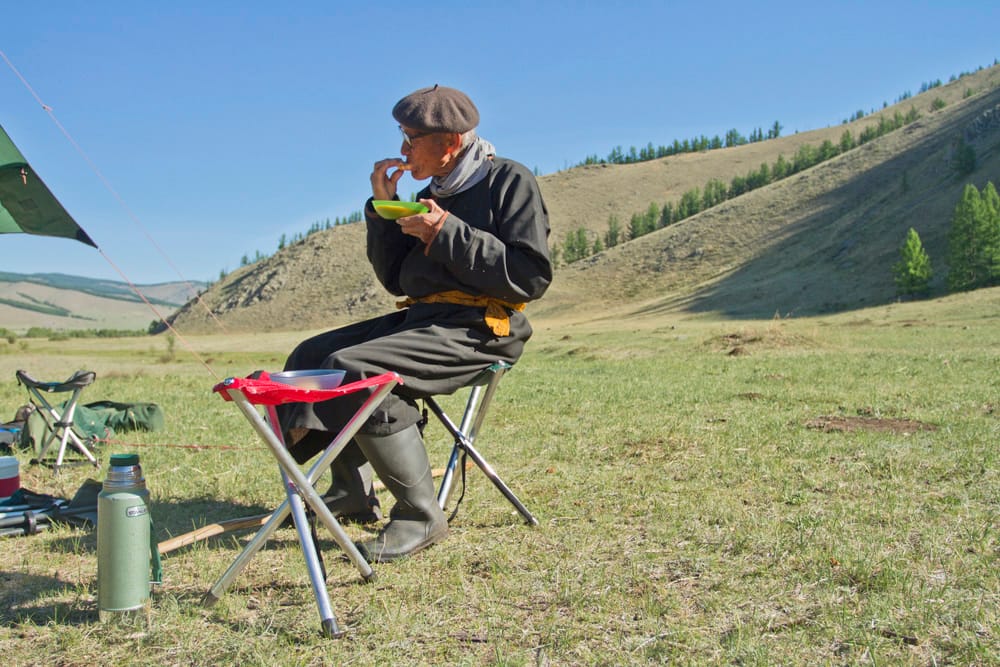
A journey through Mongolia, from the Trans-Mongolian Railway, to the capital city Ulaanbaatar, to the nomadic steppe - told through food.
Cheap Beer and Fried ChickenWe took the Trans-Mongolian Express from Beijing to Ulaanbaatar - Mongolia’s capital city. Decked with red velvet seats, the cabins had a lingering smell of sweet, stale beer. On the Mongolian railway, the beer is cheaper than the coffee - 5 RMB (Chinese Yuan) for beer and 10 RMB for coffee. The crowded dining bogey spilled over with passengers eating boxes of rice and cabbage. Our grumbling stomachs made us return later that night to eat some fried chicken - the only thing left on the menu - with a group of Chinese men. Beer and chicken makes a nice unhealthy midnight snack and you could do the same (Chinese men optional).
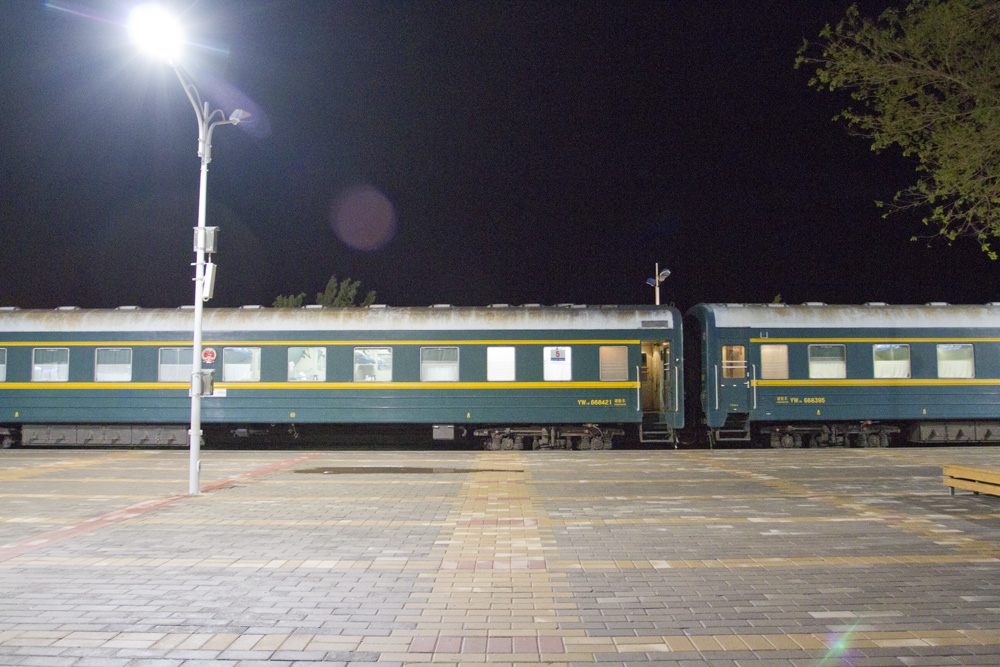
Carrot Cake and Berry MilkshakesArriving in Ulaanbaatar, our first meal was at a fancy café that had everything from berry milkshakes to carrot cake on the menu. Similar coffee bars were on every street, in a city that has recently transformed into a buzzy metropolis due to a population boom over the last 16 years. Our local guides, Keith and Sabine from Stone Horse Expeditions recalled that Ulaanbaatar was once a city where elk (Altai wapiti, technically) would roam freely. Cars, and contemporary cuisine are now easy to find, and the talented chefs at BD’s Grill can cook your choice of vegetables and meat in front of you, Teppanyaki style.
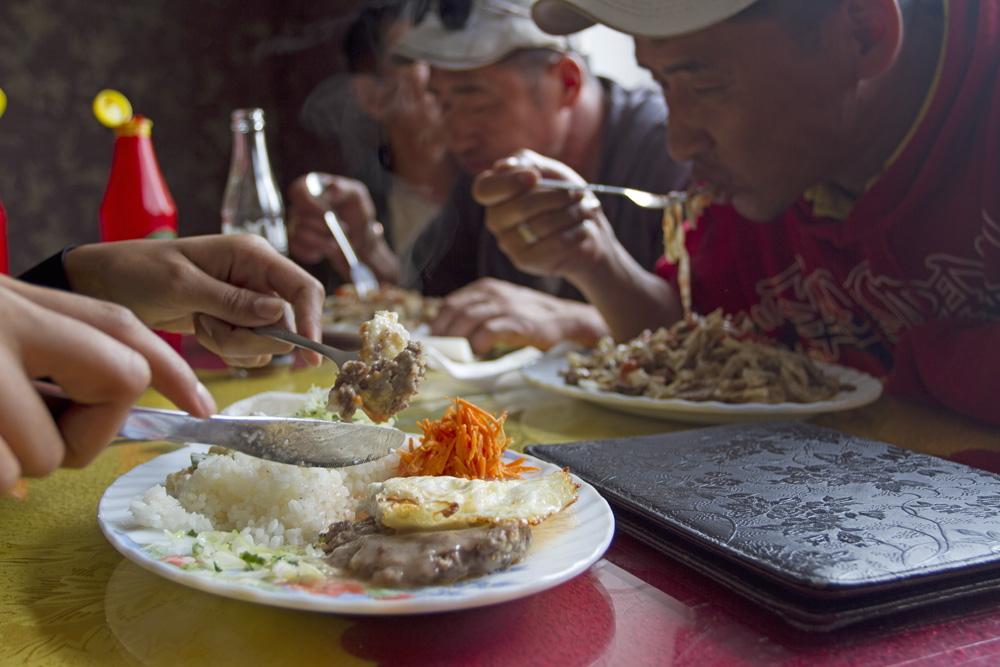
Milk "Tea"We left the city to start a journey through the steppe on horseback; and spent the first few days packing gear at the home of a Mongolian nomadic couple. We stayed in their Ger, the traditional felt houses you can find across Mongolia. Yadmaa and Tavasuurn welcomed us with hot milk tea - which tastes like salty milk. I learned how to make this traditional tea in the following days - you first boil the tea with water, add milk, and finally the salt. Although the ingredients are fundamentally the same - every household's tea tastes different.
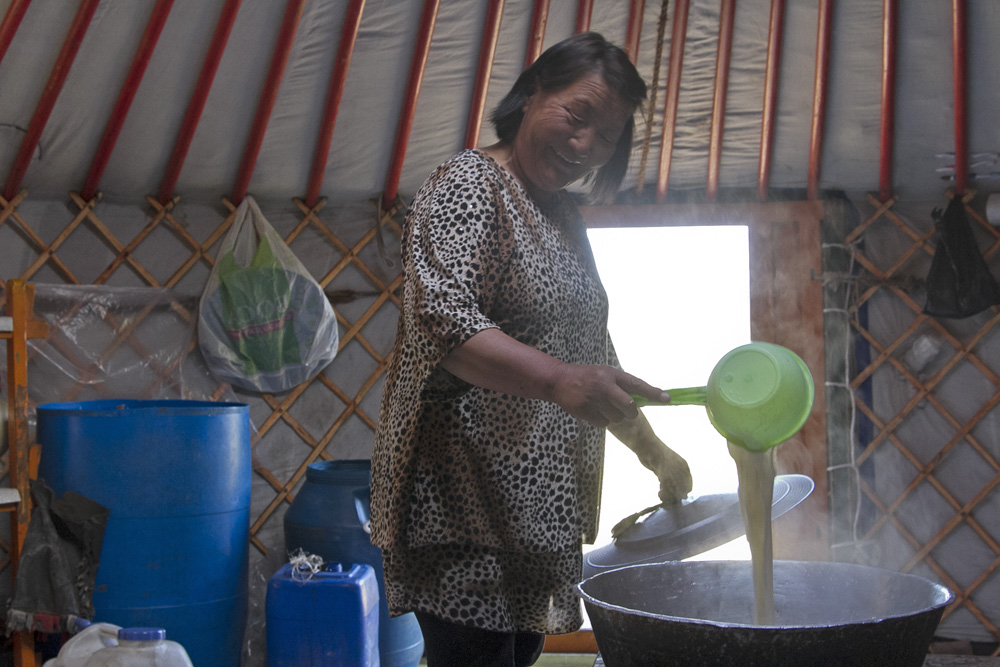
Boiled Sheep Lung and KidneyDinner at the Ger was milk, with pieces of mutton and cabbage. Milk and meat are staples of the Mongolian diet - vegetables are relatively hard to find. Also on the table was a bowl of boiled sheep intestines, a Mongolian delicacy. It looked pretty Ger-uesome. Careful not to insult my hosts, I ate some boiled liver, lung, blood and kidney. My travel companion wrinkled her nose, but I told her to think of it as organic duck liver pate, packaged at Sainsbury’s with a £2 price tag.
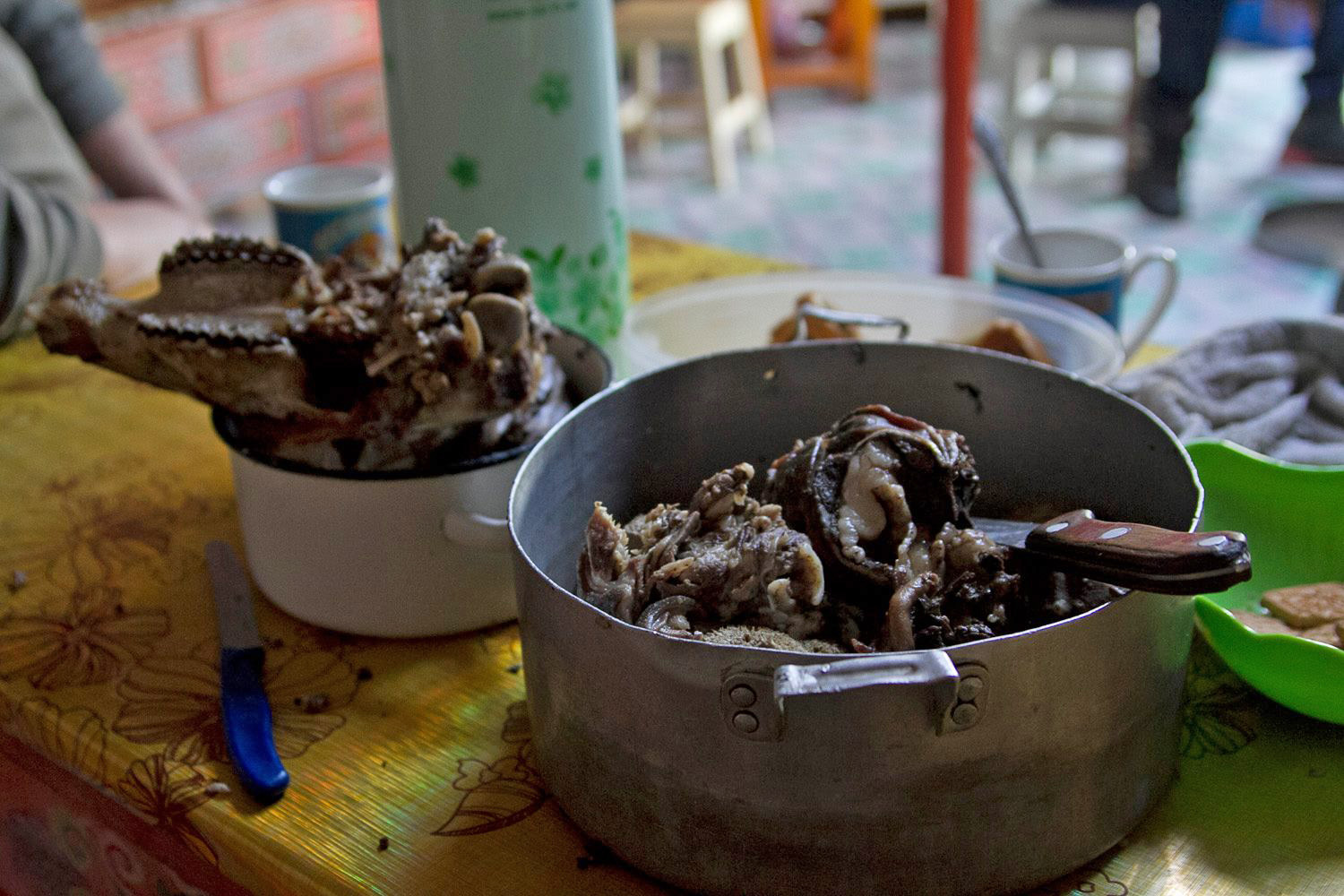
BuuzThese are everywhere. Sometimes they're called Momos, Gyozas, Mandus or Dumplings. The Mongolian kind, Buuz, are usually filled with meat (you'll probably have guessed that by now). Buyanna, an excellent horseman and mediocre beef chopper (he dropped most of it on the floor) helped make the filling for the Buuz. This was our last meal, dunked in milk tea, before we made our way into Genghis Khan's homeland, the wilderness of the Mongolian steppe.
[gallery size="medium" type="rectangular" ids="5300,5288,5289,5298,5302"]
Read all about Mongolia in the upcoming Spring Issue 2016 of The Outdoor Journal, now available on Zinio.


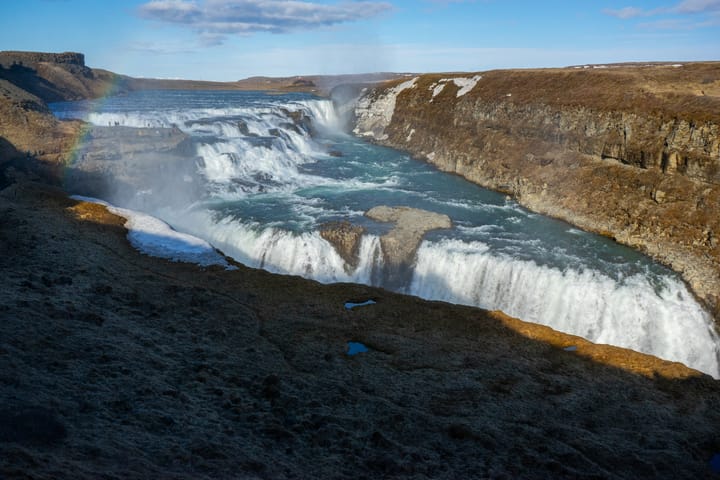
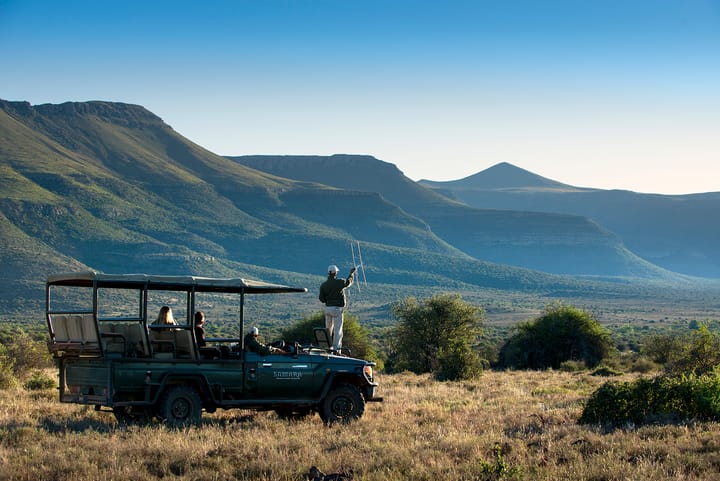

Comments ()